- Walking the Ancient Ruins of Nicaea (Iznik, Türkiye)
- Discovering the North Gate Basilica in Iznik – Nicaea
- Wow! I found a Nicaea Basilica among the Ruins
- The Ancient Nicaea Walls Today speak History
- Finding the 20 Byzantine Churches and Chapels of Nicaea
- Byzantine History found in the Iznik Museums
- Overview of the Sunken Basilica in Iznik
- Investigating the Frescoes at the Hagia Sophia in Iznik
- Did the Green Mosque Complex Occupy a Nicene Monastery?
- The Rest of the Story of the Nicene Church
- Byzantine Finds outside of the city of Nicaea – Iznik
- Is the Nicene Creed Dead in Modern Iznik? The Surprising Truth Today
In the city of Iznik (Nicaea), several museums are worth visiting, each showcasing some Byzantine history. Let’s take a look at what can be found in these Iznik Museums.
New Iznik Archeaology Museum
The newest Iznik museum is the archaeology one, which opened in 2024. The external courtyard features numerous marble panels and stone water elements, depicting the city’s former grandeur. On the tour my wife and I took, the main building was closed during our visit, but we were still allowed to see the Christian history in the courtyard.
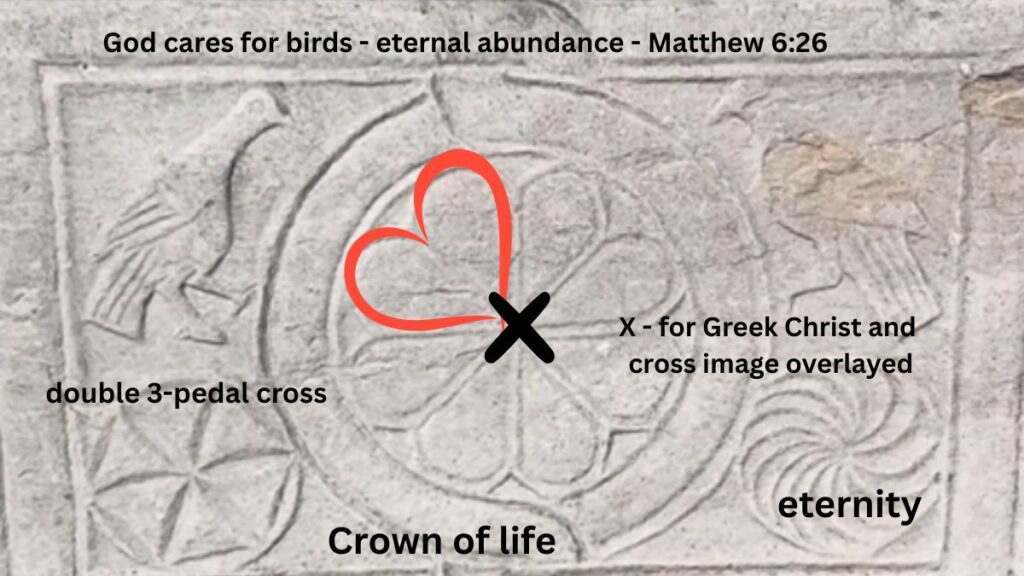
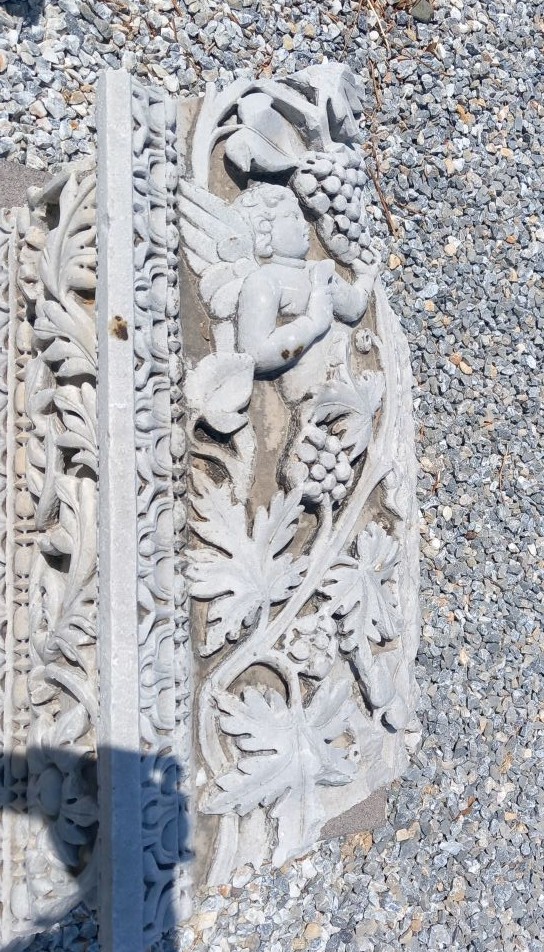
Of interest in the courtyard is the exquisite marble angel feasting on grapes. This image features high-quality marble work and may date back to the time of Justinian. This marble edging could have been in the Hagia Sophia Basilica in Nicaea, which hosted a church from the 6th century.
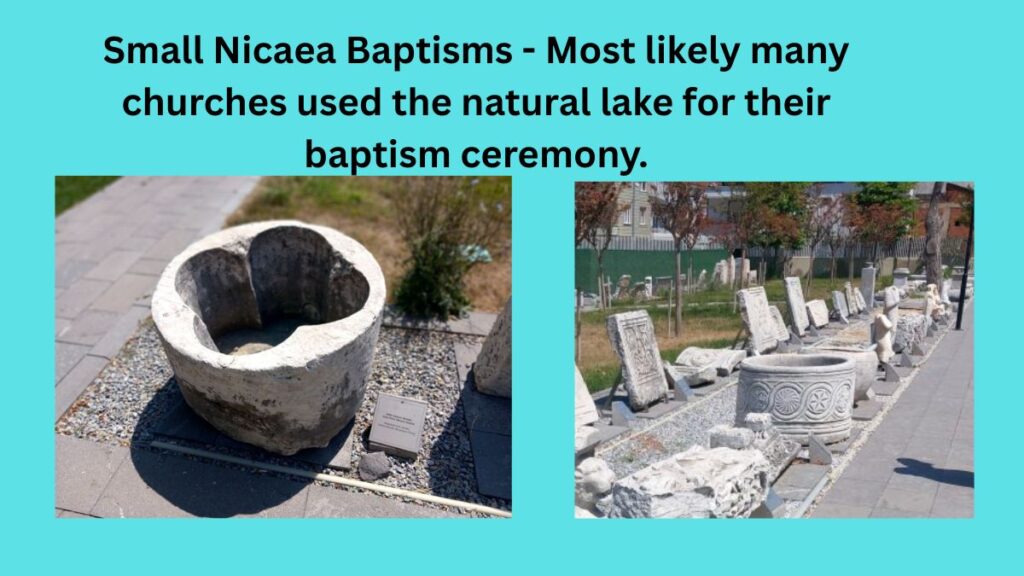
Old Iznik Museum
On TripAdvisor, many of the pictures of the Iznik Museum show what this area used to be like. Now the museum is called the Iznik Turkish Islamic Arts Museum. On the day of my visit, it was closed, but I took a few pictures of the courtyard. Below the surface, approximately two meters lie the remains of the Early Byzantine settlement. On the far end of the courtyard, a church was found (often labeled “Church K”).
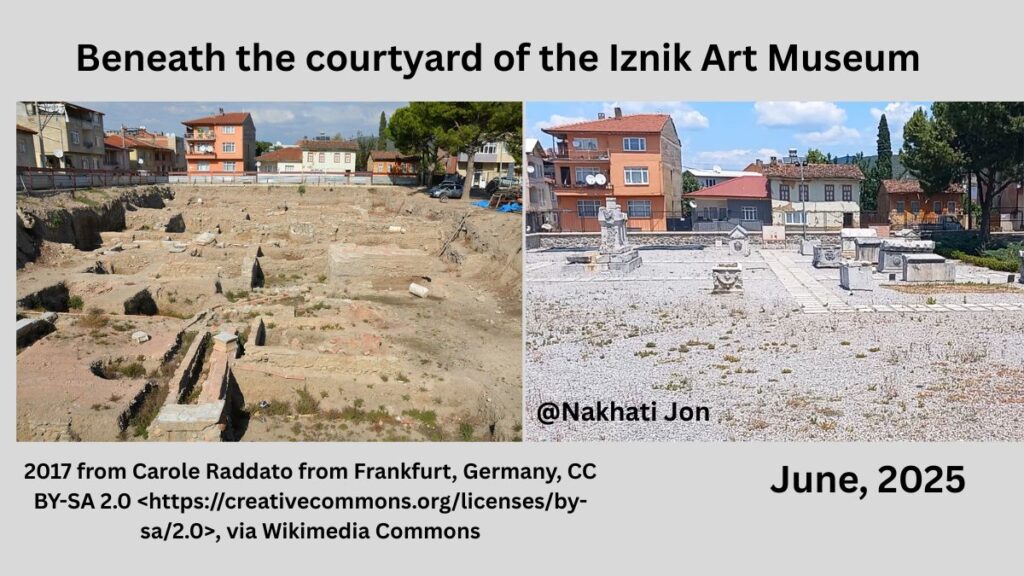
Sunken Basilica Museum
The new Sunken Basilica now hosts a museum on the shore. A small inside area shows some of the sarcophagi and other inscriptions from the early Byzantine period. Additionally, the yard near the road features some interesting items that many people overlook. On my visit there with a tour group that was full of scholars and church history buffs, very few looked at the monuments in the yard. However, take a look below.
Many of these museums display a history that often honors the pre-Byzantine (Roman) and the post-Byzantine periods. Usually, one has to look closely to discover. Throughout my many years of walking through ancient monuments, I have come to realize some significant differences between my faith and the dominant faith in the Middle East.
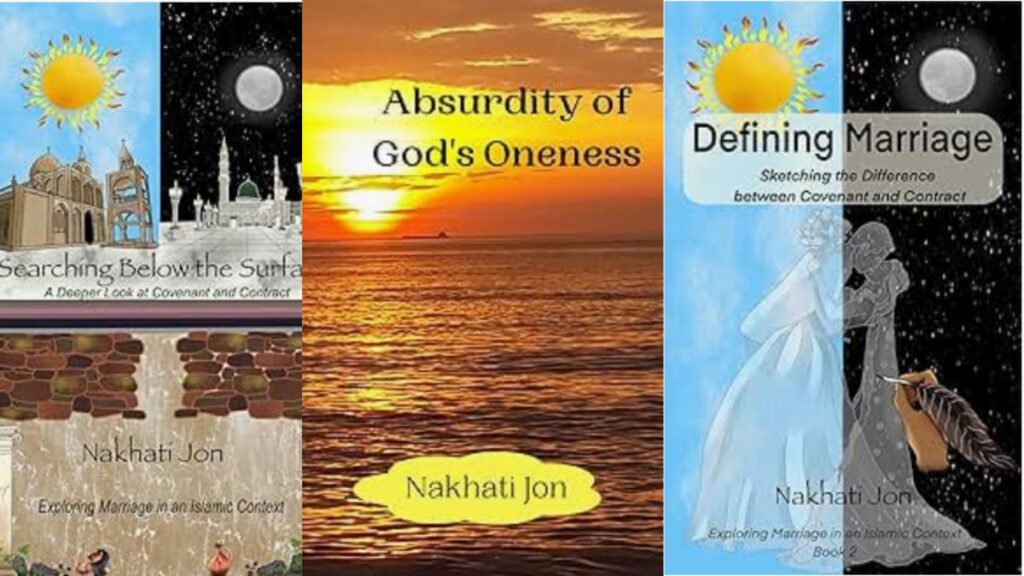
Leave a Reply